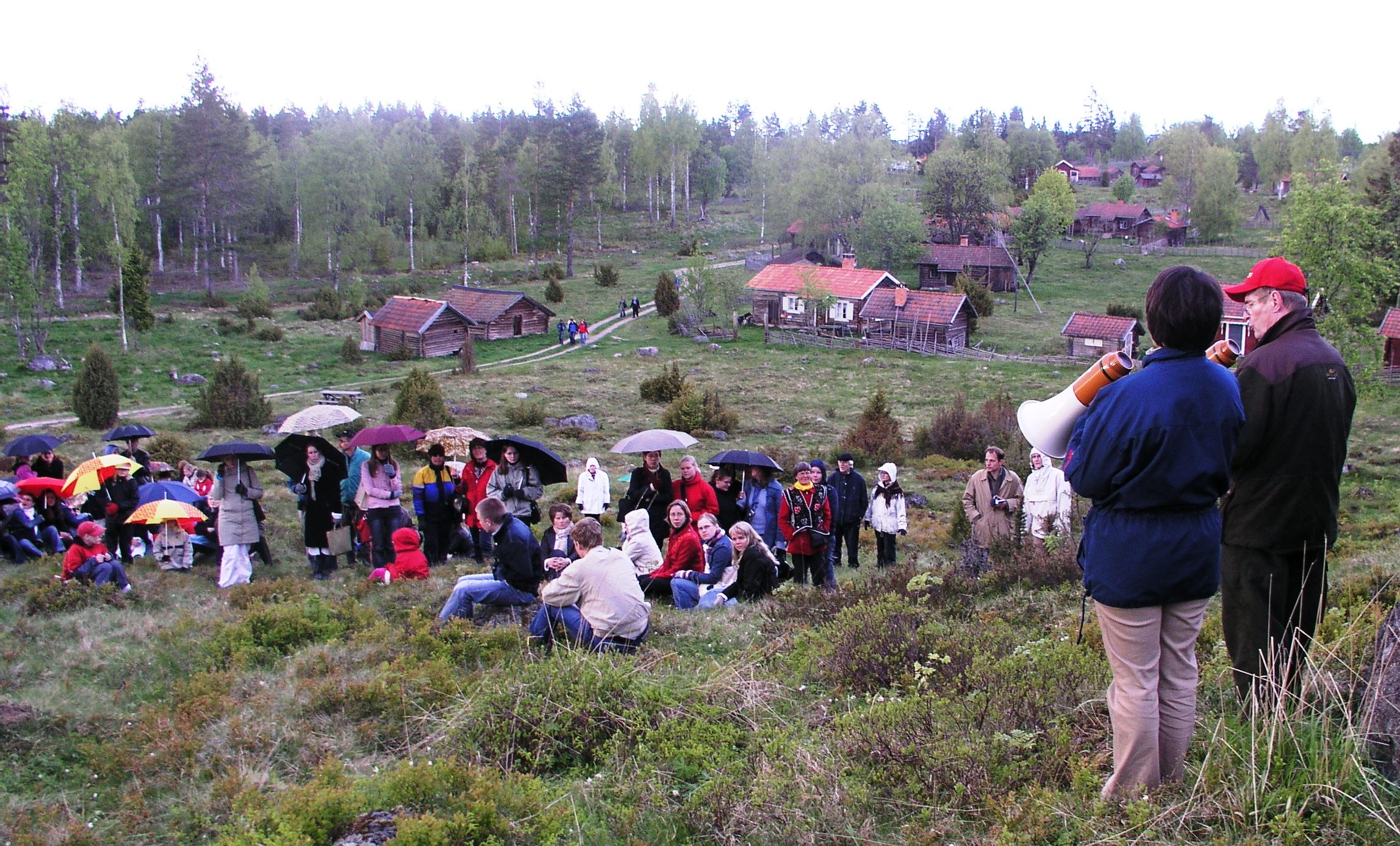History

The Laestadianistic revivalist movement is named after the priest Lars Levi Laestadius (1800-1861), who served in northern Sweden during the 1800s. Inspection visits to different parishes in Lapland were carried out during his service as a pastor in Karesuando. During one of those trips Laestadius was lead into living faith by a Sami woman named Milla Clemensdotter, "Lapp Mary", who was a “Reader”.
Laestadius’ teachings received new strength. In the Karesuandos church, he began to preach about repentance. The revival ignited in the early spring of 1846 and soon spread from Laestadius’ local area to all over Scandinavia and later through emigration, to North America. The movement was not about a new faith, but rather a returning to the roots that had once been abandoned. The revival in Lapland was very strong; it was said that "it was burning in the snow." Special characteristics of the movement left changes in a believer’s life. This was evident in that they stopped drinking, became more honest and their marriages held together.
Doctrinal differences began to emerge in Laestadianism already in the late 1800s. The movement was still preserved intact, outwardly, up until the end of the century. Then, the so called greater first-borns, or western Laestadians separated along with the resurgence of the movement. The old Laestadians remained as the mainstream of the movement. The so called lesser first-borns or eastern Laestandians separated in 1934.
Since the 1800s the old Laestadians in Sweden have organized themselves into local congregations called "peace associations". The name comes from the Bible: "For he is our peace" (Eph 2:14). Old Laestadianism is a large movement in Finland, and approximately 70,000 people attend its largest annual event, Summer Services. Most of the service guests are children and youth. The Finnish summer service is the largest spiritual event in Scandinavia. Sweden's five congregations have about 500 members and a large number of children and youth.
The old Laestadianistic movement is a revival movement in the Swedish Church. Congregations organize devotional services. These are not only organized at their own service premises but even in individuals’ homes and at public locations such as schools and churches. All are welcome to these services.